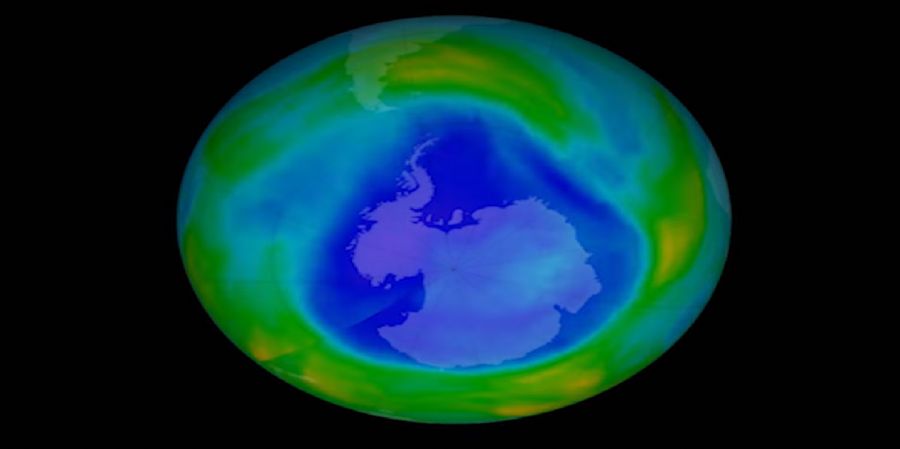

Ozone depleting material levels are rising at an alarming rate despite global efforts to address this issue. The increase in the substance HCFC141b in the air has confused researchers, even though accurate production has been steadily declining since around 2012. "The only thing I can really say is that these radiations are high," says Luke Western, a researcher at the National Oceanic and Atmospheric Administration's (NOAA) Global Monitoring Institute, who led the new exploration. The Revelation sheds light on testing the disposal of these once-common synthetics, which can wait for quite some time in the appliance. It also shows that mainland-sized holes in the sensor's tissue make it difficult to determine the cause of the problem. This material is essential for a group of fluorocarbon particles that are primarily used to protect the foam of machinery such as refrigerators and are responsible for destroying the stratospheric ozone layer about 20 km above the ground, leading to dangerous bright radiation from the Sun. The world began to break away from these synthetics under the 1987 Montreal Protocol. This is widely regarded as the best ecological solution in the world. In general, ozone-depleting synthetics have been steadily declining since the mid-2000s, and ozone "vents" on posts are beginning to recover. In any case, in 2018 scientists reported that the concentration of the banned substance CFC-11 had increased since around 2012. Global panels have suggested that this is probably due to illegal production in eastern China. Probably due to the low levels of HCFC141b, it was used in place of CFC11 because it is less harmful to ozone. Shipments of CFC11 began to decline gradually in 2019. You also need to go backwards when HCFC141b appears. It will be phased out in 2013 and a full boycott is planned for 2030. It is currently being replaced by a collection of synthetic materials that do not destroy the ozone layer. However, researchers say that the environmental levels of HCFC141b are actually rising. Scientists estimate that emissions increased each year somewhere between 2017 and 2021, with a total increase of 3,000 tones between 2017 and 2020. The findings were posted online by Atmospheric Chemistry and Physics on April 27, but the paper at the time has not yet been peer-reviewed, but from air sensors and PC models on how gas moves through the climate. Estimates are mixed. A member of the Montreal Protocol's technical committee and a chemical engineer at the Air Conditioning, Heating, and Refrigeration Laboratory, which represents major manufacturers, "may help shed more light on increased emissions." .. Following the CFC11 incident, EU-funded initiatives are underway to install more sensors and close some of these gaps. So far, he is not worried about the additional administration of chemicals. He says this is a "small turbulence" in the ozone layer, which is now a fraction of the 1% of the gas's power to deplete the ozone layer.












